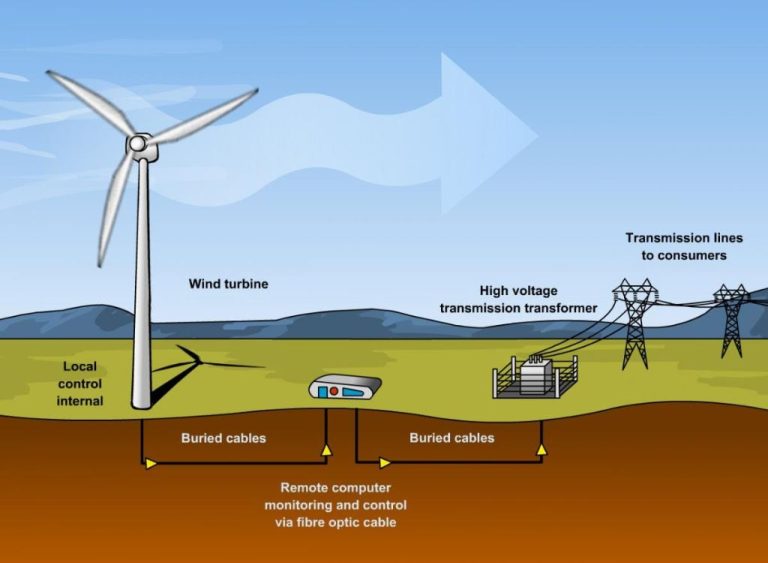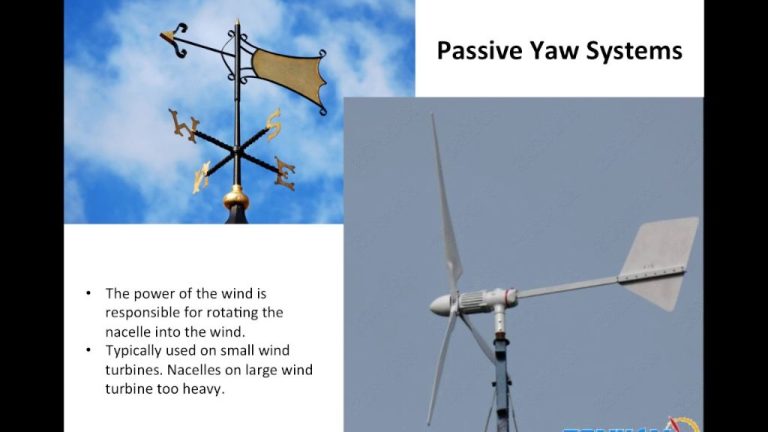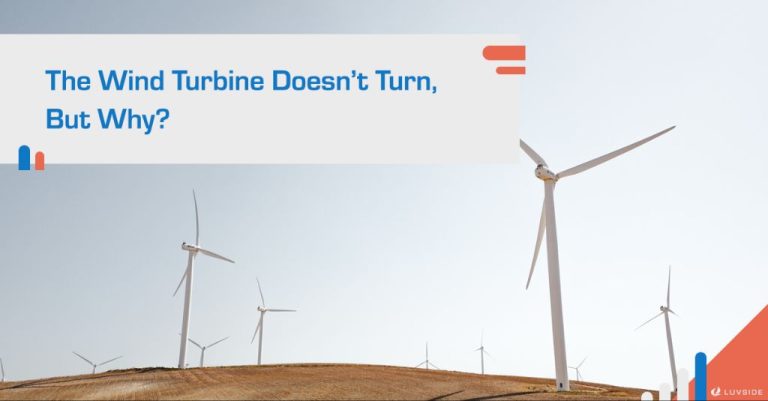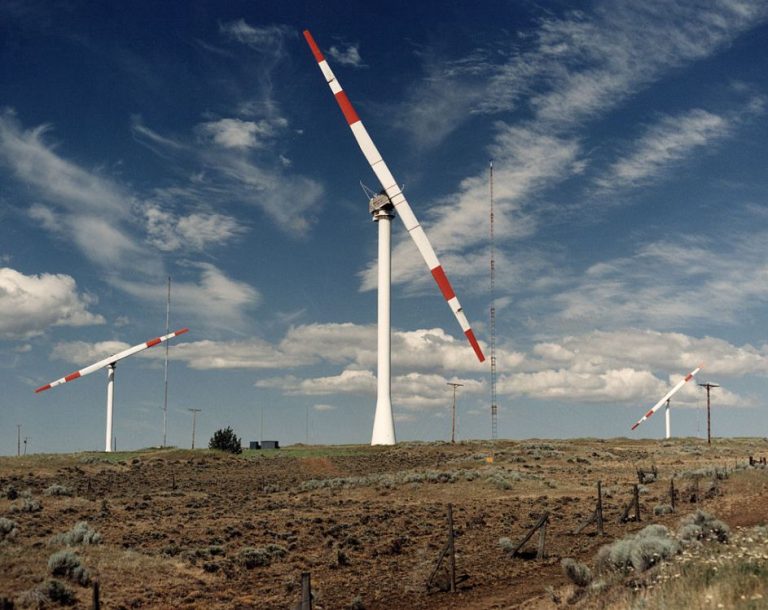What Is The Future Of Wind Energy In California?
Wind energy has become an increasingly important source of renewable power in California over the past few decades. Today, California is a leader in wind energy in the United States, with over 5,500 wind turbines across the state generating more than 6,000 megawatts of electricity. This is enough to power over 1.5 million homes. California currently gets about 10% of its electricity from wind power.
Major wind farms are concentrated in three regions of California – the Tehachapi Pass Wind Farm, the San Gorgonio Pass Wind Farm, and the Altamont Pass Wind Farm. New large-scale projects continue to come online as California works towards its renewable energy goals. The state is aiming to source 60% of its electricity from renewable sources by 2030 and 100% by 2045 under Senate Bill 100.
Wind power in California offers substantial environmental benefits by avoiding carbon dioxide emissions. It also provides economic opportunities in rural areas with steady lease payments for landowners and tax revenues for communities. However, wind energy also faces challenges related to land use conflicts, permitting issues, grid integration, and transmission capacity that will need to be addressed to enable further growth of this renewable resource.
Wind Energy Potential
California has vast potential for wind energy due to consistent strong winds in regions across the state. According to the California Energy Commission, California has some of the best wind resources in the United States and ranks 3rd in the nation for installed wind power capacity, behind only Texas and Iowa (Wind Energy in California). Major wind farms are concentrated in regions like the Altamont Pass, Tehachapi Pass, and San Gorgonio Pass where winds average between 15-25 mph, providing ideal conditions for wind turbines (Wind power in California). With abundant wind resources and large areas suitable for wind farm development, California has only begun tapping its vast potential for onshore and offshore wind energy generation.
Wind Energy Growth
Wind energy capacity in California has grown rapidly in recent years. According to the California Energy Commission, installed wind capacity grew from 5,829 MW in 2011 to 7,158 MW in 2021, representing a 23% increase over 10 years (California Energy Commission). The American Wind Energy Association projects wind capacity in California will reach 11,549 MW by 2025, representing more than 60% growth from 2021 levels (American Wind Energy Association). Much of this growth is expected to come from new large-scale wind projects, particularly in Tehachapi and the San Gorgonio Pass areas. Several gigawatts of offshore wind capacity are also planned off the California coast, though the offshore industry is still emerging in the state.
California’s renewable portfolio standard requires 60% renewable energy by 2030 and 100% by 2045. Wind energy will play a major role in meeting these targets and displacing fossil fuel generation. Analysis by the National Renewable Energy Laboratory finds California could potentially install over 25 GW of additional wind capacity by 2050 (NREL). While reaching this level would require overcoming siting, transmission, and other challenges, the growth outlook for wind remains strong in support of California’s renewable energy goals.
Economic Benefits
The wind energy industry in California provides significant economic benefits to the state. According to the California Energy Commission, the development of offshore wind energy off the California coast has the potential to generate over $100 billion in revenue and create over 44,000 well-paying jobs by 2045 (https://www.energy.ca.gov/publications/2022/preliminary-assessment-economic-benefits-offshore-wind-related-seaport). Most of these jobs and revenue would come from port upgrades, supply chain development, installation, and operations and maintenance. In addition, offshore wind projects can provide lease payments and tax revenue to local governments.
Existing onshore wind farms already contribute substantial economic impacts in California through job creation, tax revenue, and land lease payments. As California expands its wind energy capacity, particularly offshore, the industry will continue to be an important source of economic growth and opportunity.
Environmental Benefits
Transitioning to wind energy provides significant environmental benefits for California. Most importantly, wind energy generates electricity without emitting greenhouse gases or other air pollutants. According to the California Energy Commission, generating 1 megawatt-hour of electricity from wind energy avoids over 1,200 pounds of carbon dioxide emissions compared to fossil fuel sources (source). As California works to achieve its renewable energy and carbon neutrality goals, wind energy will play a key role in reducing emissions from the electricity sector.
Increasing wind energy can also help California become less dependent on fossil fuels for energy generation. In 2020, natural gas still accounted for 37% of in-state electricity generation (source). Transitioning a greater portion of electricity generation to renewable sources like wind can reduce reliance on finite resources like natural gas and imported fuels.
Offshore wind holds particular promise for cutting emissions, as offshore wind speeds are faster and more consistent than onshore winds. The California Energy Commission estimates offshore wind off the northern and central California coast could provide over 112,000 MW of carbon-free electricity (source). Developing offshore wind could significantly advance California’s clean energy goals.
Wind Energy Challenges
While wind energy has great potential in California, expanding wind farms faces some key challenges. One major obstacle is the high upfront costs required to build new wind farms and transmission lines. According to the California Energy Commission, reaching the state’s offshore wind goals could require over $100 billion in infrastructure investment. Securing financing and incentives to support these capital costs is crucial.
Another issue is land use conflicts. Many of the best wind resources are located in remote areas, requiring new transmission corridors across private lands. Onshore wind projects sometimes face local opposition and permitting hurdles due to concerns over viewsheds, noise, and impact on wildlife. Careful siting and community engagement is important to build support.
The variability of wind energy also poses grid integration challenges. Wind generation fluctuates based on weather conditions, requiring flexible backup power and energy storage solutions. Forecasting, demand response programs, regional coordination, and transmission expansion can help manage wind’s variability.
Offshore Wind Potential
California has immense potential for offshore wind energy along its coast according to studies by the California Energy Commission. One study estimates California has 59-76 gigawatts of developable offshore wind capacity, which could generate up to 661 terawatt-hours of electricity annually (Dvorak, 2010). This is over 7 times the state’s current total electricity generation. Recent offshore wind lease areas offered by the federal Bureau of Ocean Energy Management off the northern and central coast indicate strong winds, shallow water depths, and proximity to transmission – ideal conditions for offshore wind farms (Kendra, 2022). With over 800 miles of coastline, California has vast potential to harness offshore winds and become a leader in offshore wind energy.
Supportive Policies
California has enacted several policies and laws to encourage the growth of renewable energy, including wind power. Some key policies supporting wind energy development in California include:
The Renewables Portfolio Standard (RPS) program requires all retail electricity sellers to procure at least 60% of their supply from renewable sources by 2030. This major driver of renewable energy growth in CA has spurred significant wind energy investments. https://www.energy.ca.gov/programs-and-topics/topics/renewable-energy/renewables-portfolio-standard
Senate Bill 100 (2018) increased California’s RPS requirement to 60% by 2030 and establishes a further goal of 100% clean electricity by 2045. This ambitious policy demonstrates California’s commitment to dramatically scaling up renewable energy. https://www.energy.ca.gov/programs-and-topics/topics/renewable-energy/clean-energy-serving-california
The California Climate Crisis Act (AB 1279) passed in 2022 sets a statewide goal of achieving net-zero greenhouse gas emissions no later than 2045. This will require a rapid transition away from fossil fuels and large increases in renewable energy like wind power. https://www.cesa.org/projects/100-clean-energy-collaborative/guide/state-legislation-plans-reports/
Future Outlook
Wind energy in California is projected to grow substantially in the coming decades thanks to favorable state policies and decreasing costs of wind power generation. According to the California Energy Commission, California has set a target of building up to 5 GW of offshore wind energy capacity by 2030 and 25 GW by 2045. This is part of the state’s effort to transition to 100% clean electricity.
Research by Lawrence Berkeley National Laboratory predicts changes in wind patterns due to climate change in California, but finds there will still be abundant wind resources for renewable energy in the future. Their models project wind speeds in California may decrease slightly by 2050, but will still remain at levels able to produce cost-effective wind energy.
Overall, the future is bright for continued wind energy development in California through 2030 and 2050. With supportive state policies, declining costs, and plentiful wind resources, California is positioned to meet its offshore wind targets and continue expanding wind energy to help achieve its clean energy goals.
Conclusion
In conclusion, wind energy has enormous potential in California thanks to the state’s vast wind resources and aggressive renewable energy goals. Wind generation has expanded rapidly over the past two decades and now provides over 10% of California’s electricity. Going forward, wind energy will continue playing a major role in California’s renewable energy future.
Wind power delivers significant economic benefits, including job creation, local tax revenue, and stable energy prices. It also provides major environmental advantages by reducing air pollution, greenhouse gas emissions, and water usage. California aims to source 60% of its electricity from renewables by 2030 and 100% by 2045. With supportive policies, favorable geography, and technological improvements, California is poised to meet and exceed these ambitious targets with wind energy playing a leading role.
While scaling up wind energy faces challenges like transmission constraints, siting concerns, and intermittent generation, California has proven solutions like grid upgrades, careful siting, and pairing wind with storage and other renewables. With California’s unwavering commitment to clean energy and climate action, the future is bright for continued wind energy expansion in the state.






